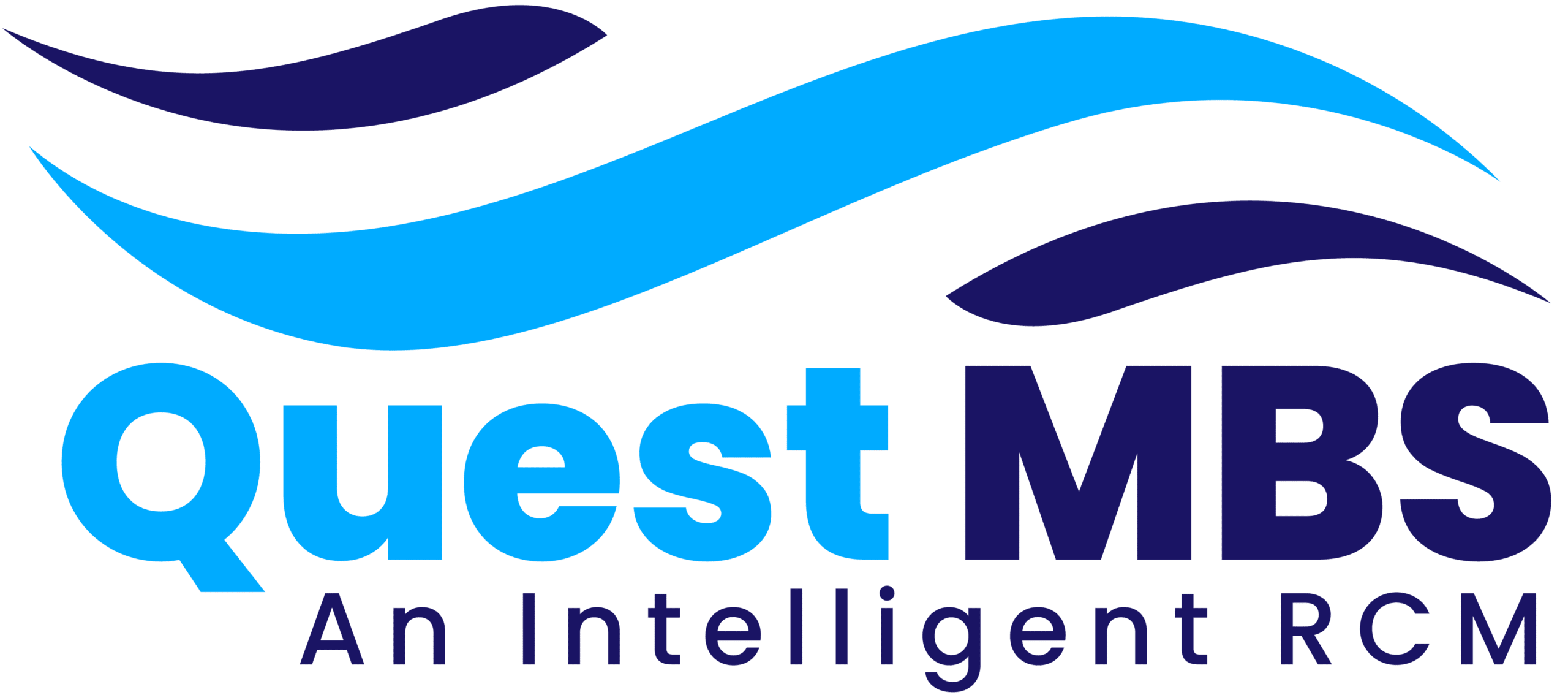Introduction to Medical Coding
Medical coding is a cornerstone of the healthcare revenue cycle. It involves translating medical diagnoses, procedures, and services into universal alphanumeric codes. These codes are used for billing purposes, insurance claims, and patient records. Accuracy in coding ensures that healthcare providers receive timely and correct reimbursements from insurance companies, including Medicare and Medicaid. For those involved in medical billing and revenue cycle management (RCM), mastering medical coding is essential.
This guide presents 15 essential tips for medical coders, practice managers, and billing professionals. Whether you’re new to the field or a seasoned coder, these tips will help enhance coding accuracy, prevent denials, and streamline the billing process.
1. Understand the Coding Systems Familiarize yourself with the three primary coding systems: ICD-10-CM for diagnoses, CPT for procedures, and HCPCS Level II for supplies and services. Each system serves a unique purpose and requires detailed knowledge to use correctly.
2. Stay Updated on Code Changes Medical codes are updated annually. Always refer to the latest version of coding manuals or software tools to stay compliant with CMS and payer requirements. Outdated codes can result in claim denials and revenue loss.
3. Use Specific and Detailed Documentation Accurate medical coding begins with clear clinical documentation. Ensure that providers document services in detail, including the nature, location, and severity of diagnoses and treatments.
4. Cross-Check Diagnoses and Procedures Always ensure that the diagnosis codes support the procedures billed. For example, a CPT code for surgery must be justified with an appropriate ICD-10 diagnosis.
5. Leverage Coding Software and Tools Invest in certified medical coding software that integrates with your electronic health record (EHR) system. Tools like EncoderPro, TruCode, or 3M CodeFinder can boost speed and reduce errors.
6. Know Your Modifiers Modifiers provide additional information about services without changing the basic meaning of the CPT code. Misusing modifiers can lead to claim rejections. Examples include modifier -25 (significant, separately identifiable E/M service) and -59 (distinct procedural service).
7. Focus on Medical Necessity Insurance payers require services to be medically necessary. Ensure that codes reflect the clinical justification for services. Cross-reference Local Coverage Determinations (LCDs) or National Coverage Determinations (NCDs) when needed.
8. Understand Bundling and Unbundling Rules Incorrectly separating services that should be bundled (unbundling) or combining services that should be billed separately can lead to compliance violations. Use tools like the National Correct Coding Initiative (NCCI) edits to avoid such issues.
9. Maintain HIPAA Compliance Always protect patient information when coding or sharing documentation. Adhering to HIPAA guidelines is essential for maintaining data security and legal compliance.
10. Audit Your Coding Regularly Conduct regular internal audits of coded charts to identify patterns of errors, undercoding, or overcoding. This helps improve accuracy and ensures compliance with payer and federal regulations.
11. Attend Continuing Education Medical coding is an ever-evolving field. Attend workshops, webinars, or conferences to stay informed about changes in coding guidelines and payer rules.
12. Collaborate with Providers Maintain open communication with physicians and clinical staff. Clarify any ambiguities in documentation before submitting claims. This collaboration leads to more accurate and defendable coding.
13. Know Payer-Specific Requirements Different insurance carriers have unique billing rules. Familiarize yourself with each payer’s policies regarding coding, modifiers, and documentation to avoid denials.
14. Master Evaluation and Management (E/M) Guidelines E/M coding is frequently audited. Understand the new E/M guidelines based on medical decision-making (MDM) and time. Proper E/M coding ensures correct reimbursement for provider visits.
15. Use a Cheat Sheet or Coding Reference Keep a coding cheat sheet or quick-reference guide at your workstation. It helps you quickly access commonly used codes, modifiers, and payer rules, saving time and reducing errors.
The Role of Medical Coding in Revenue Cycle Management
Medical coding is a vital step in the revenue cycle. It connects the care provided to reimbursement by:
- Ensuring timely claim submission
- Minimizing claim denials
- Supporting accurate charge capture
- Enhancing compliance and documentation standards
Incorrect coding can delay payments, increase rework, and damage provider reputation. A strong coding process leads to financial stability and operational success for healthcare providers.
Common Coding Challenges and How to Overcome Them
Even experienced coders face challenges. These may include:
- Vague documentation from providers
- Frequent payer policy changes
- Pressure to code quickly, which increases the risk of errors
Solutions Include:
- Implementing a clinical documentation improvement (CDI) program
- Using credentialed coders (CPC, CCS, etc.)
- Investing in training and software updates
- Running real-time validation checks in your billing platform







